Embossing and Debossing A Complete Guide
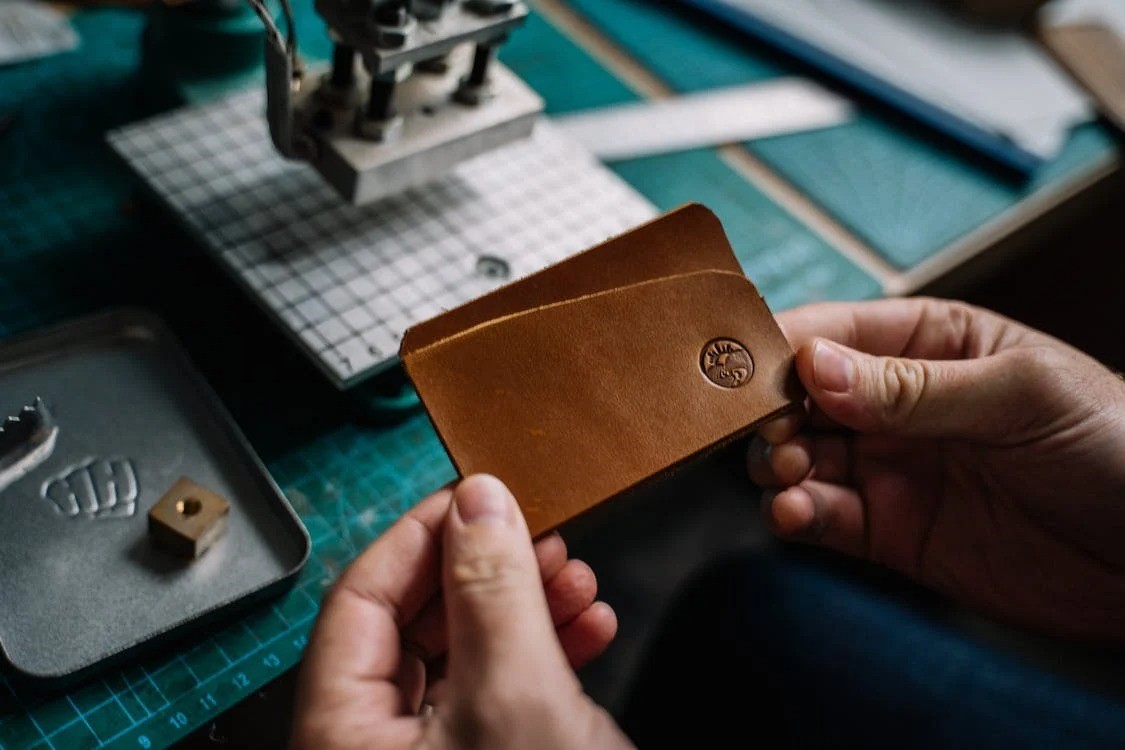
Embossing and debossing are two popular techniques for adding dimension and texture to a variety of materials, from business cards and wedding invitations to flyers, packaging, and more. While often used together, they create distinct effects: embossing raises designs, making logos on business cards pop and monograms on wedding invitations truly shine. In contrast, debossing creates subtle, indented designs, adding a touch of vintage charm to stationery or embossing logos on leather goods with sophisticated elegance.
These powerful techniques add a touch of sophistication and texture, ensuring your creations stand out and leave a lasting impression.
What is Embossing?
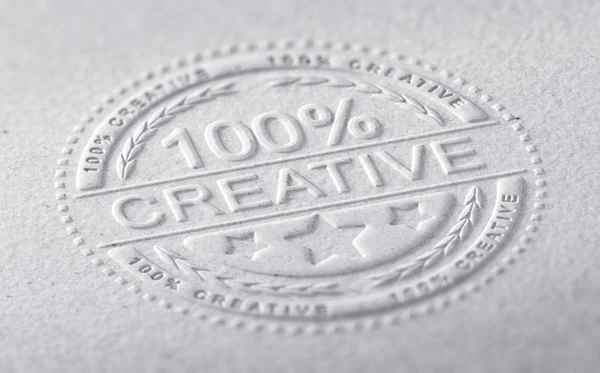
Imagine running your fingers across an invitation, feeling the intricate swirls of the lettering rise above the smooth paper. That’s the magic of embossing, a technique that transforms flat surfaces into stunning works of art with depth and texture. But what exactly is embossing, and how can you bring this enchanting element into your own projects? Dive into this guide and unlock the hidden world of raised designs!
Embossing isn’t just about adding fancy designs; it’s about creating physical dimension on a material. This technique uses a die or stamp, often made of metal, engraved with the desired pattern. Pressure is applied, pushing the material into the die’s recessed areas, causing it to rise outwards. Unlike its counterpart, debossing, which pushes the design inwards, embossing creates a raised, three-dimensional effect.
What is Debossing?
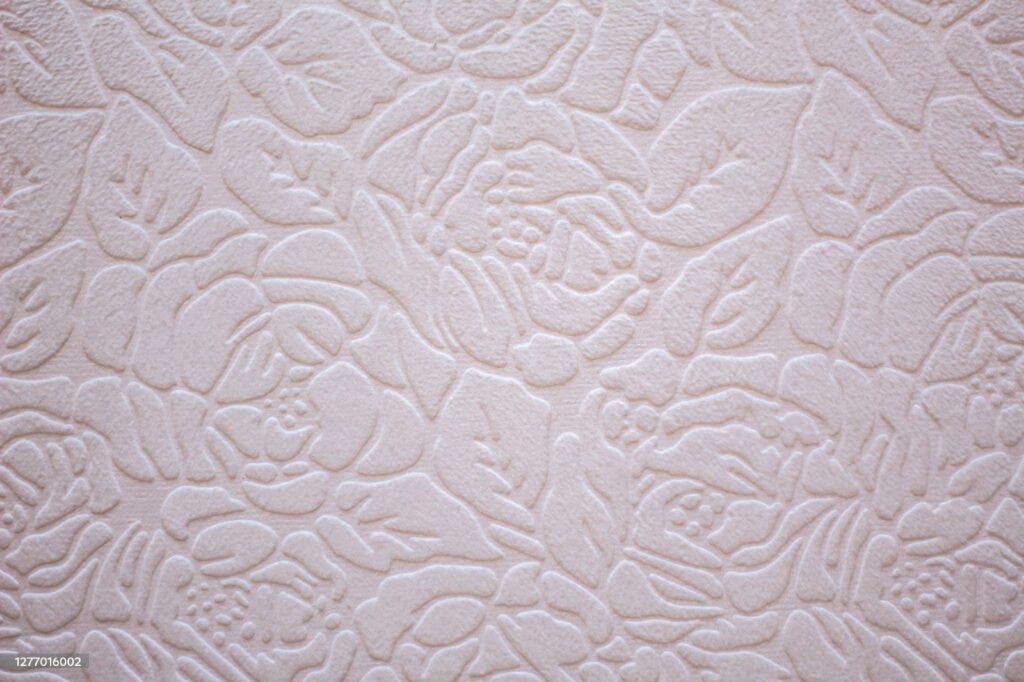
Imagine pressing a delicate seal into hot wax, leaving behind a sunken impression rather than a raised one. That’s essentially the magic of debossing! Unlike its raised cousin, embossing, debossing pushes an image or text inwards, creating a sophisticatedly understated indentation in the material.
Think of it as sculpting in reverse. While embossing builds up, debossing carves out a subtle valley, leaving the surrounding material proudly untouched. This creates a captivating interplay of light and shadow, adding a touch of class and timeless elegance to everything it graces, from invitations to leather wallets.
And the best part? Unlike embossing, debossing doesn’t affect the back of the material, meaning you can utilize both sides with ease. Plus, you can further enhance the debossed design with metallic foil or ink, making it truly shine (or rather, subtly glimmer). So, if you’re looking for a way to add a touch of understated luxury to your project, debossing might just be the perfect finishing touch.
Debossing is commonly used on a variety of materials, including paper, leather, metal, and plastic. It’s often seen on book covers, invitations, stationery, packaging, and branding materials. It adds a touch of elegance and sophistication to these items.
Different Types of Embossing & Debossing Techniques
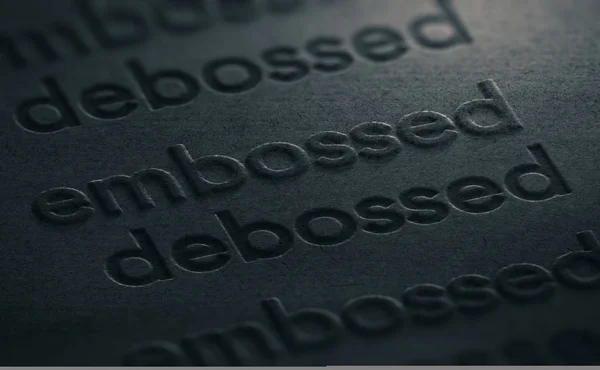
Embossing and debossing, the artistic duo that elevates flat surfaces into captivating textures, might seem like simple techniques at first glance. But delve deeper, and you’ll discover a world of possibilities, each offering unique visual and tactile experiences. As a seasoned content writer with over a decade of experience crafting engaging narratives, let me guide you through the fascinating landscape of these dimensional enhancements.
Now, let’s explore the diverse techniques within these two realms:
Blind Embossing and Debossing: The classic, understated approach. The design is raised without any ink or foil, creating a subtle, elegant texture. Think of crisp monograms on wedding invitations or embossed stripes adding a touch of sophistication to packaging
Think of logos subtly embedded in leather goods or delicate patterns adding a touch of vintage charm to stationery.
- Foil Embossing and Debossing: Introduces a touch of glamour. Metallic foil is applied to the raised design, creating a luminous, eye-catching effect. Imagine dazzling gold lettering on business cards or shimmering patterns adorning luxury packaging.
- Multi-Level Embossing and Debossing: Adds depth and dimension. The design features multiple levels of elevation, creating a truly three-dimensional look. Think of intricate crests with layered details or realistic floral arrangements bursting from the surface.
Remember, this is just the beginning! Each technique can be further customized with different die shapes, textures, and materials, opening doors to endless creative possibilities.
From textured embossing for a rustic feel to sculpted embossing for lifelike details, the options are truly limitless.
Next time you encounter an embossed or debossed design, take a moment to appreciate the artistry and expertise behind it. These seemingly simple techniques are powerful tools for adding depth, texture, and personality to any project, waiting to be unleashed by your creative vision.
Techniques for Tailoring Your Texture:
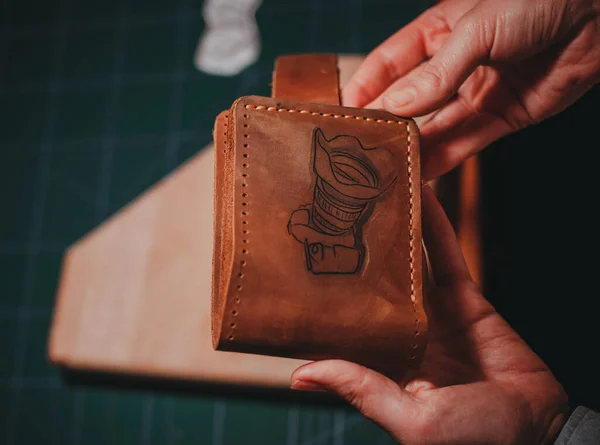
Beyond the flat and ordinary lies a world of captivating textures, achieved through the magical tools of embossing and debossing. But how do you explore the full potential of these techniques and create truly unique designs
- Combine Techniques for Uniqueness: Don’t limit yourself to a single method! Blend blind, foil, photographic, and multi-level embossing and debossing to create fresh and attention-grabbing effects. Imagine invitations with raised text adorned with delicate foil accents, or business cards boasting intricate multi-level patterns for an unforgettable first impression.
- Highlight & Accentuate with Foil: Let certain elements shine! Use foil embossing or debossing to draw eyes to specific words, create an elegant border for an invitation, or add a touch of sophistication to your design. Picture metallic monograms proudly standing out on stationery, or dazzling logos commanding attention on packaging.
- Embrace the Dimension: Why settle for flat when you can have captivating textures? Embossing and debossing add depth and dimension to your creations. Imagine business cards with a raised logo, or invitations with text that seems to dance off the page. For an extra layer of texture, explore multi-level embossing, creating cascading shapes or realistic floral arrangements that truly burst from the surface.
Essential Tips & Tricks for Achieving Optimal Embossing & Debossing Results
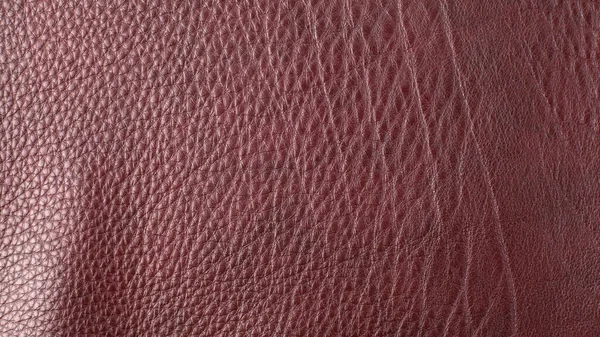
- Material Marvels: Choose your material wisely. Thicker paper or sturdier fabrics like leather hold details better than flimsy options. Consider how embossing/debossing affects the back of your material for a seamless design.
- Design with Dimension: Keep designs simple and bold for best results. Fine lines and intricate details might get lost in translation. Embrace negative space to let the texture take center stage.
- Die-lightful Details: Invest in high-quality dies for crisp, clean impressions. The right die makes all the difference!
- Test the Waters: Before diving in, create test samples on scrap material to perfect your technique and ensure your design achieves the desired effect.
Where do Embossing and Debossing Take Center Stage:

- Stationery & Invitations: Add elegance and sophistication with embossed monograms, crests, or delicate patterns.
- Packaging: Elevate product packaging with textured logos, foil accents, or intricate patterns for a luxurious feel.
- Marketing Materials: Make your business cards, brochures, or flyers stand out with embossed logos, textures, or raised lettering.
- Artwork & Décor: Create unique textured artwork, wall hangings, or decorative accents for a personalized touch.
- Leather Crafting: Emboss or deboss logos, patterns, or monograms onto leather goods like wallets, belts, or bags for a touch of class.
Conclusion
Embossing and debossing are more than just decorative techniques; they’re powerful tools for elevating your creations to new heights. By adding depth, texture, and dimension, you can imbue your designs with a captivating touch that leaves a lasting impression.
Whether you’re personalizing stationery, crafting luxurious packaging, or creating unique artwork, these versatile techniques offer endless possibilities. From classic blind embossing to dazzling foil accents and intricate multi-level designs, the potential for customization is boundless.
So, let your imagination soar and delve into the captivating world of embossing and debossing. With these powerful tools at your disposal, you can bring your creative vision to life and leave a lasting impression on everyone who encounters your work.

